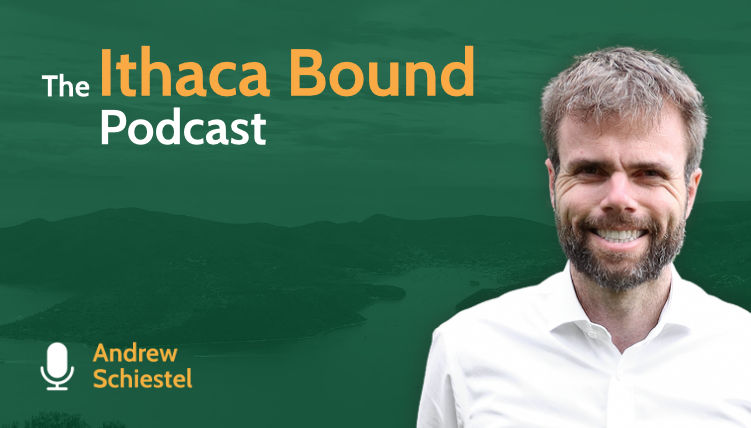Leonardo da Vinci was ahead of his time in painting remarkably delineated anatomical features. Art history professor, Dr. George Bent, Washington & Lee University, joins the show to discuss Leonardo’s life, and this area of artistic excellence.
Some topics explored
- His early years
- The types and styles of artwork he produced
- What’s known about his disposition
- Theories on Leonardo’s religious beliefs
- What extracurricular activities, and hobbies, he participated in that likely informed the types, and quality, of his work
- Two examples of failures in da Vinci’s work
- Specific details of da Vinci’s treatment of the anatomy in his paintings
- Leonardo’s use of the artistic styles chiaroscuro and tenebrism
- Details about Leonardo’s practice of orchestrating autopsies
- Comparisons between da Vinci’s paintings of the anatomy against peers
- A difference in the artistic aims between Leonardo and another great artist of the period, Michelangelo
- Dr. Bent’s assessment on how long after da Vinci’s life it took for the art community to catch up with the da Vinci’s quality of painting anatomical figures
- Works discussed: Baptism of Christ; The Last Supper; Vitruvian Man; Lady with an Ermin; La Belle Ferroniere; and a fresco he was hired to produce inside the Palazzo Vecchio, Florence in 1505
Listen to the episode
The episode can be streamed below and is also available on major podcast apps: Apple Podcasts, Spotify, and Amazon Music.
Show Notes
- Dr. Bent is the author of numerous publications on art history including the book, Public Painting and Visual Culture in Early Republican Florence (Cambridge University Press), and the DVD series, Leonardo da Vinci and the Renaissance in Italy (The Great Courses Company)
Education – Professor George Bent
Stanford University
Ph.D., History of Art; 1993.
Dissertation: “S. Maria degli Angeli and the Arts: Patronage, Production and Practice in a Trecento Florentine Monastery”
M.A., History of Art; 1988
Oberlin College
B.A., Highest Honors in History; 1985.
Honors Thesis: “National Socialism and the Austrian Anschluss”



Comments are closed, but trackbacks and pingbacks are open.